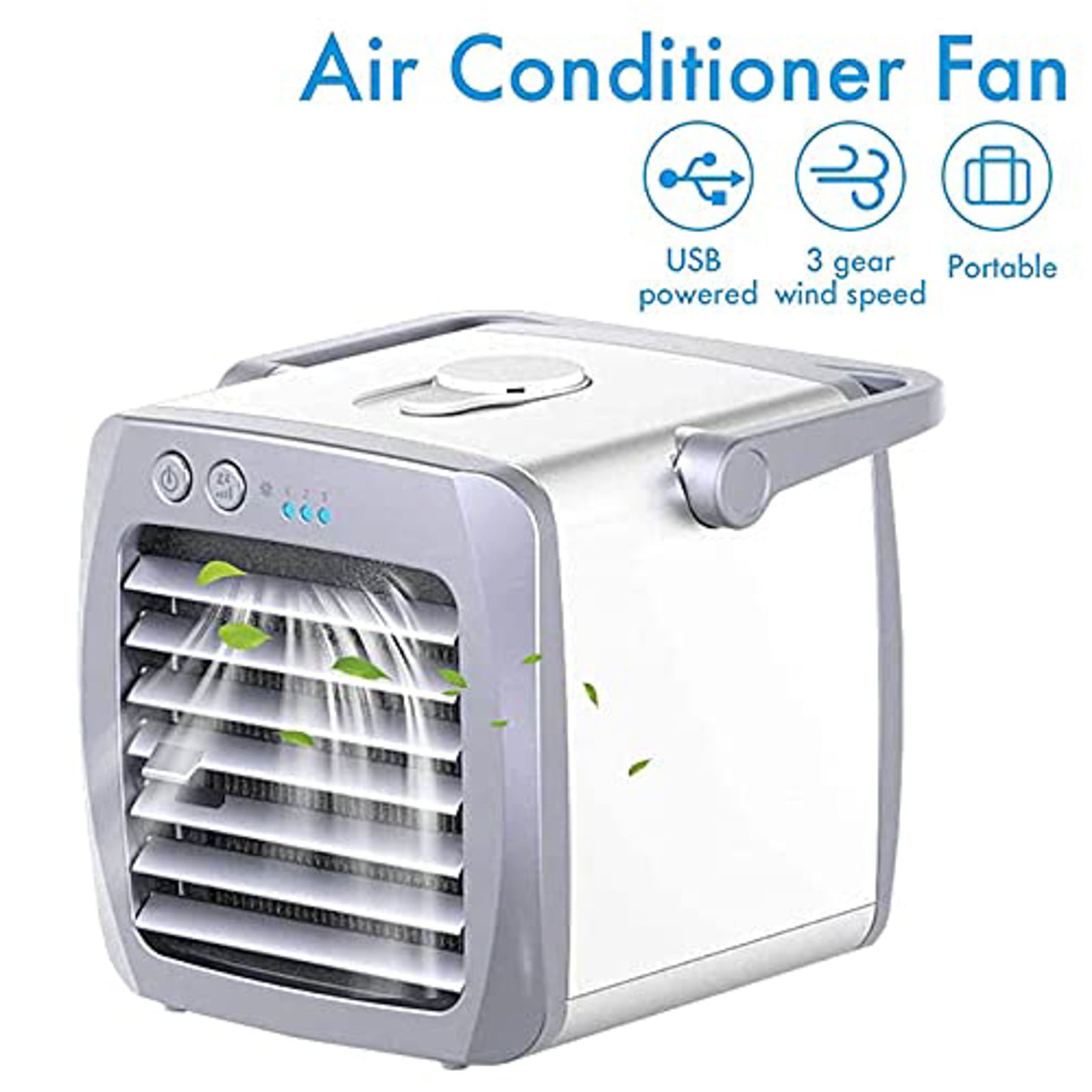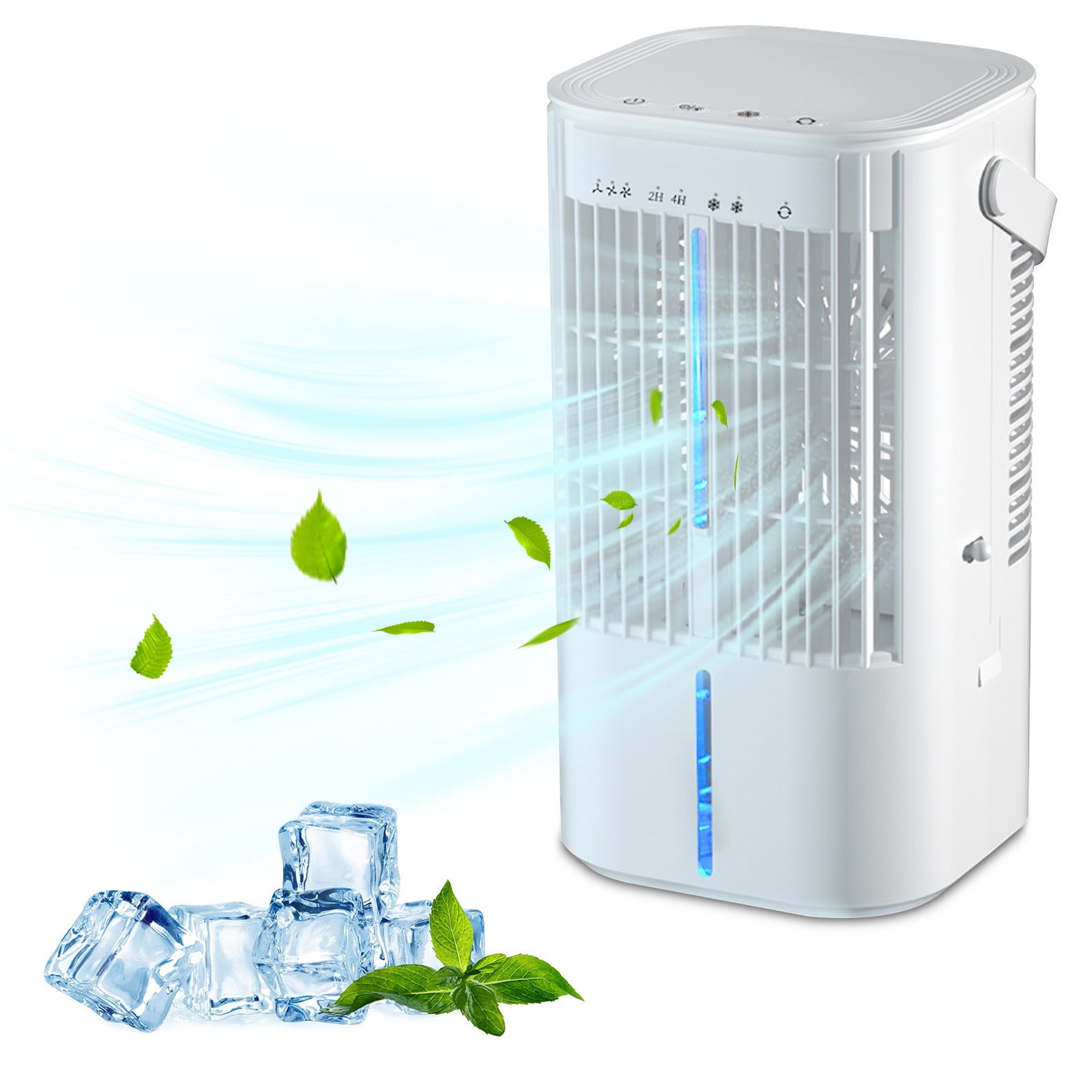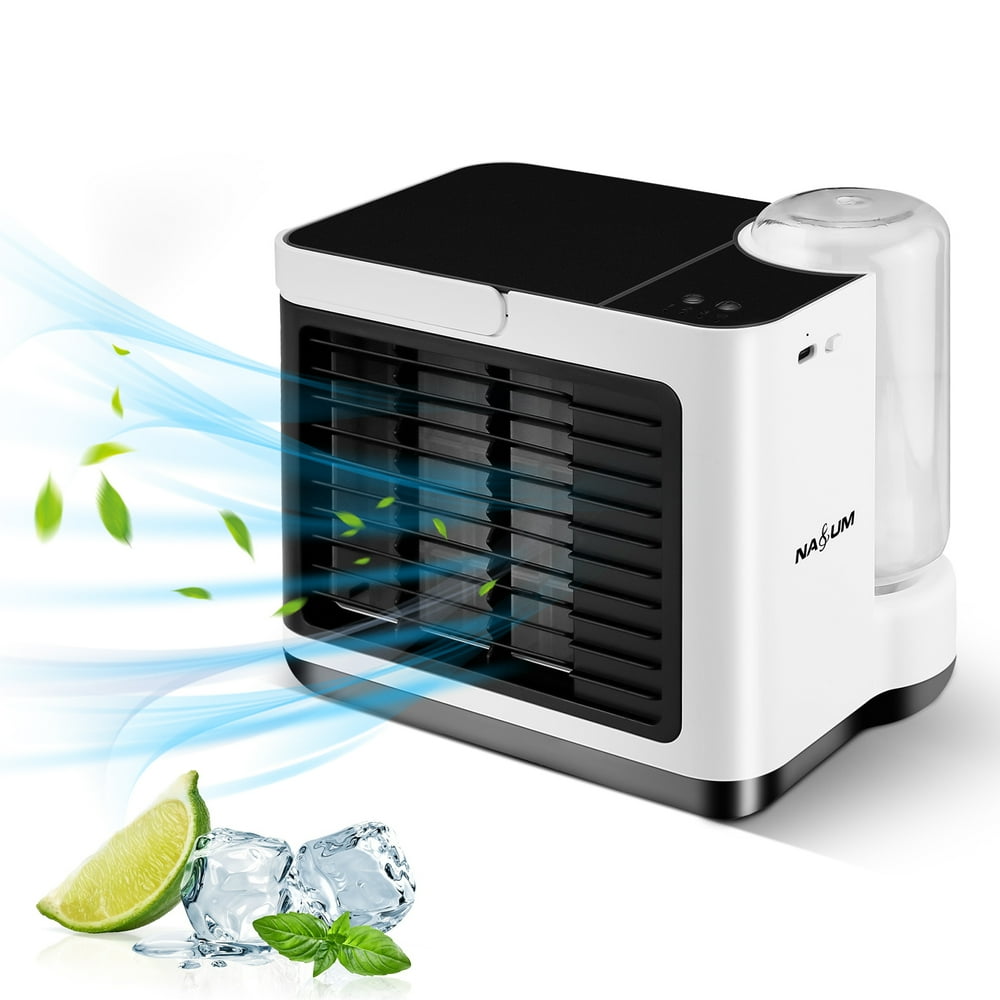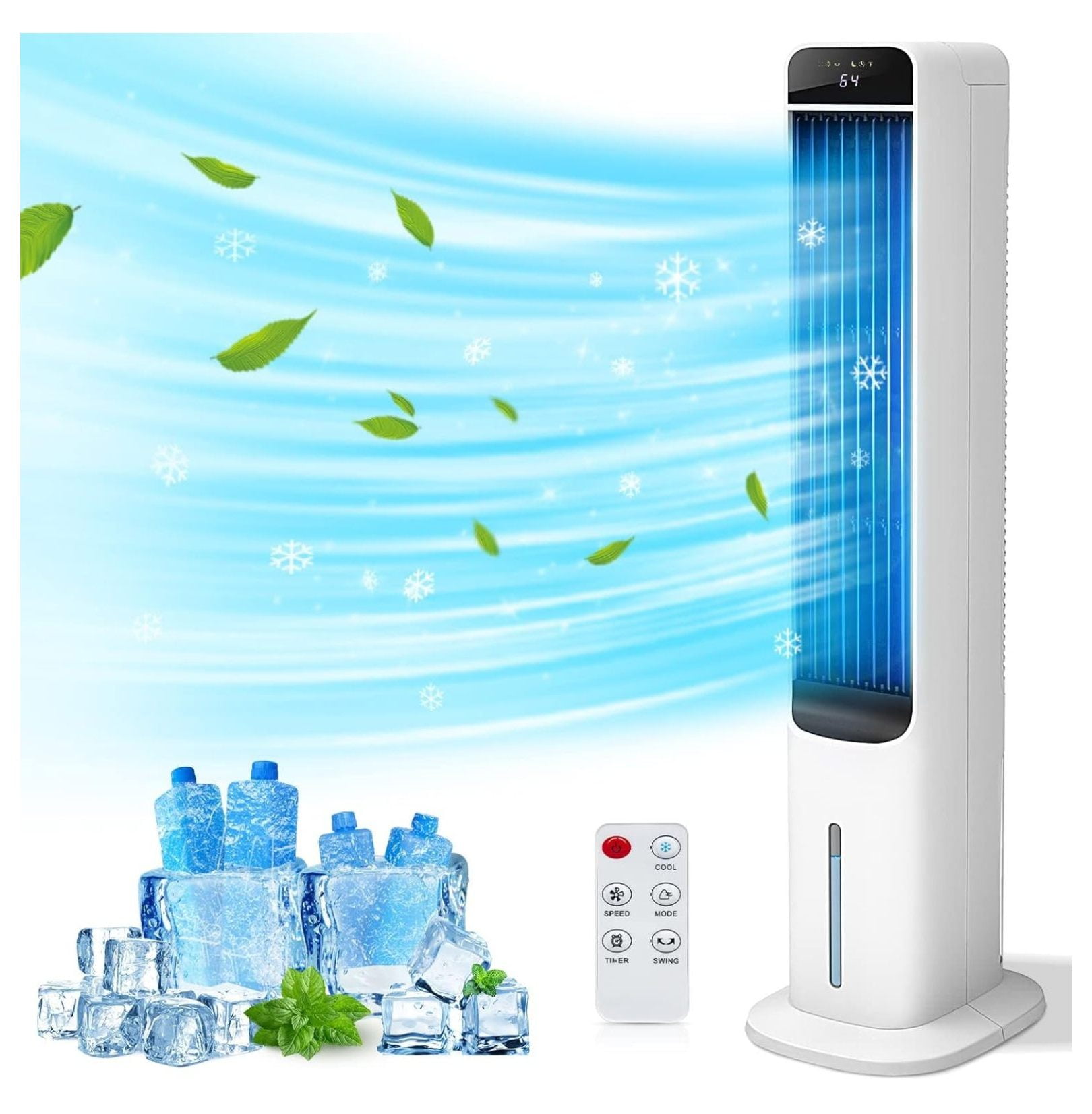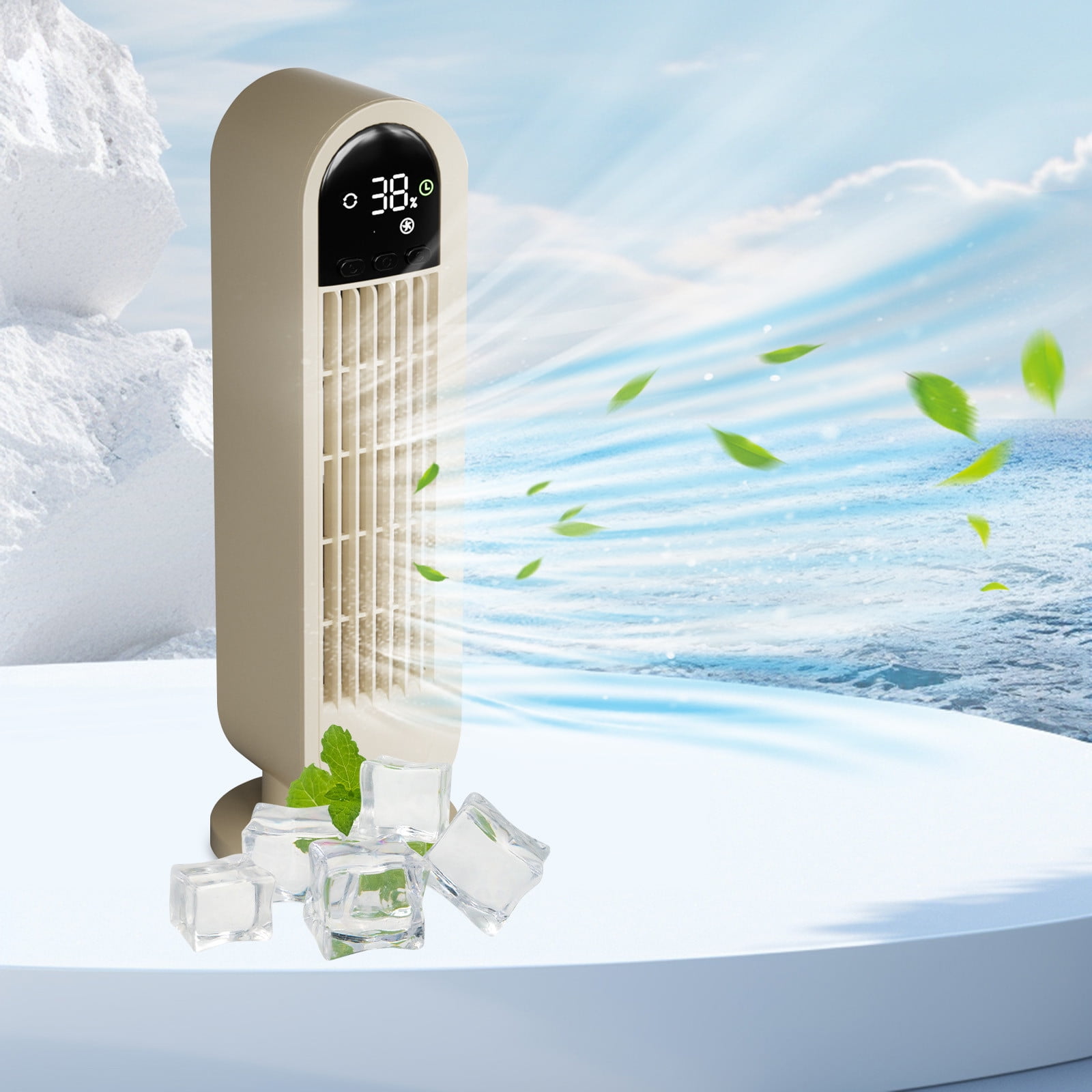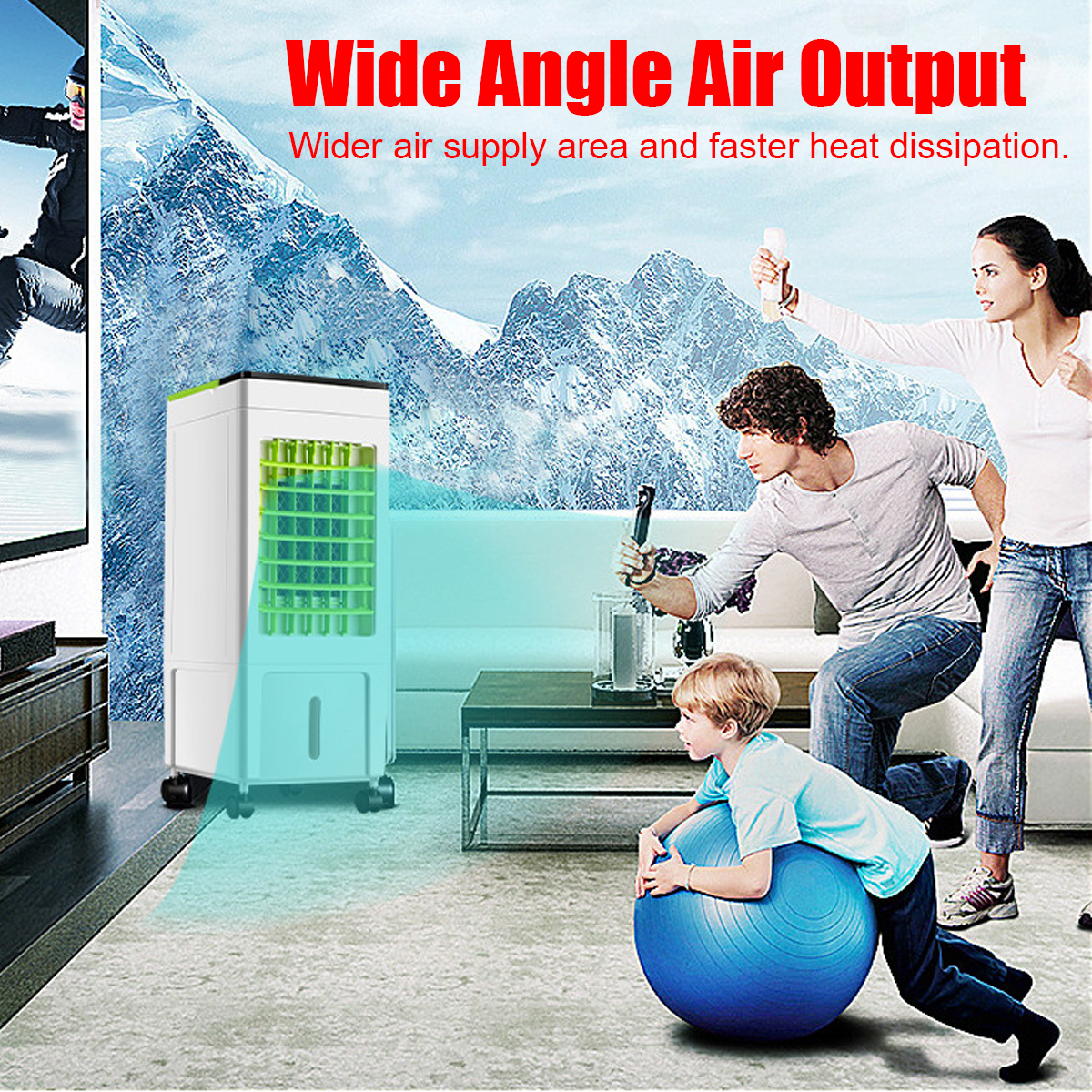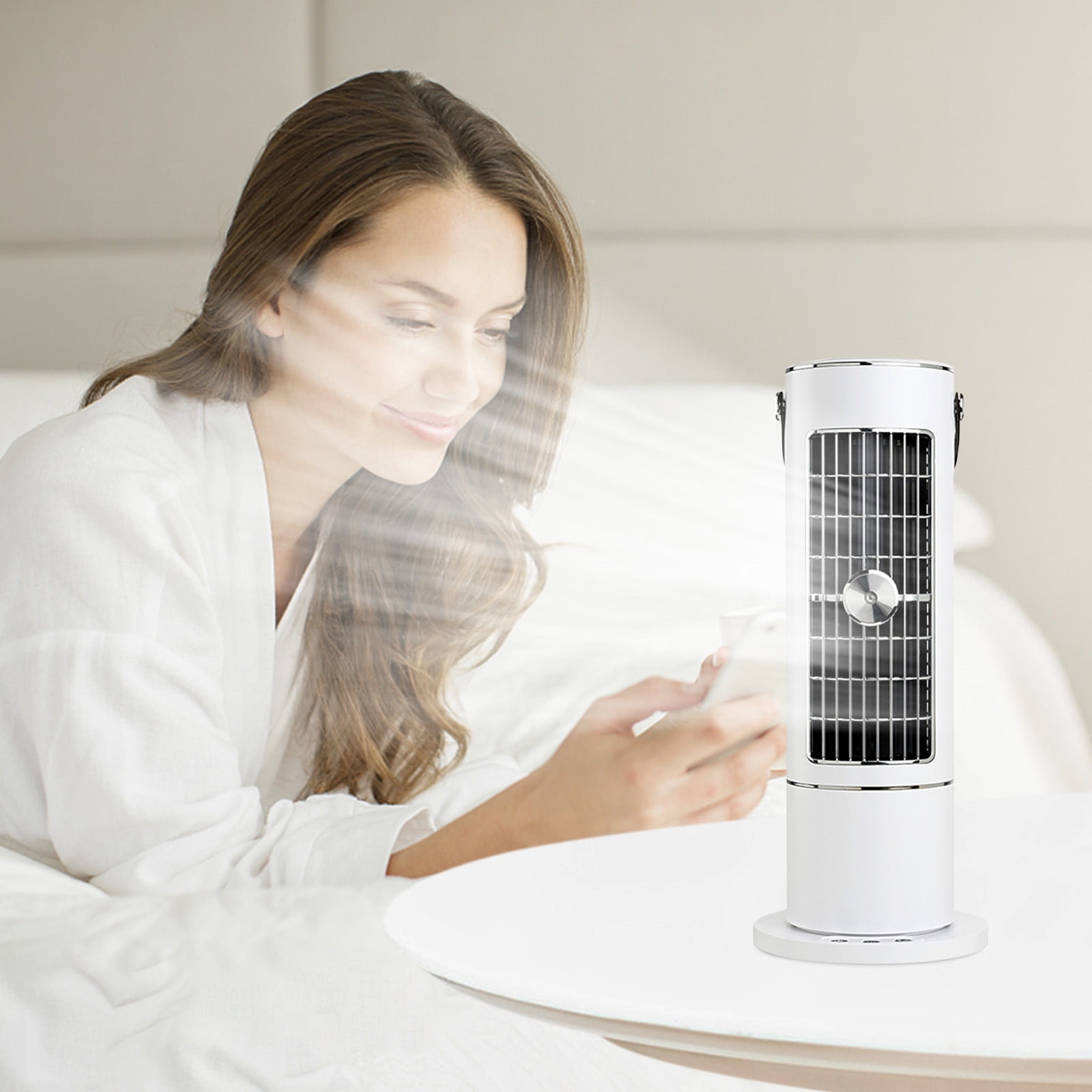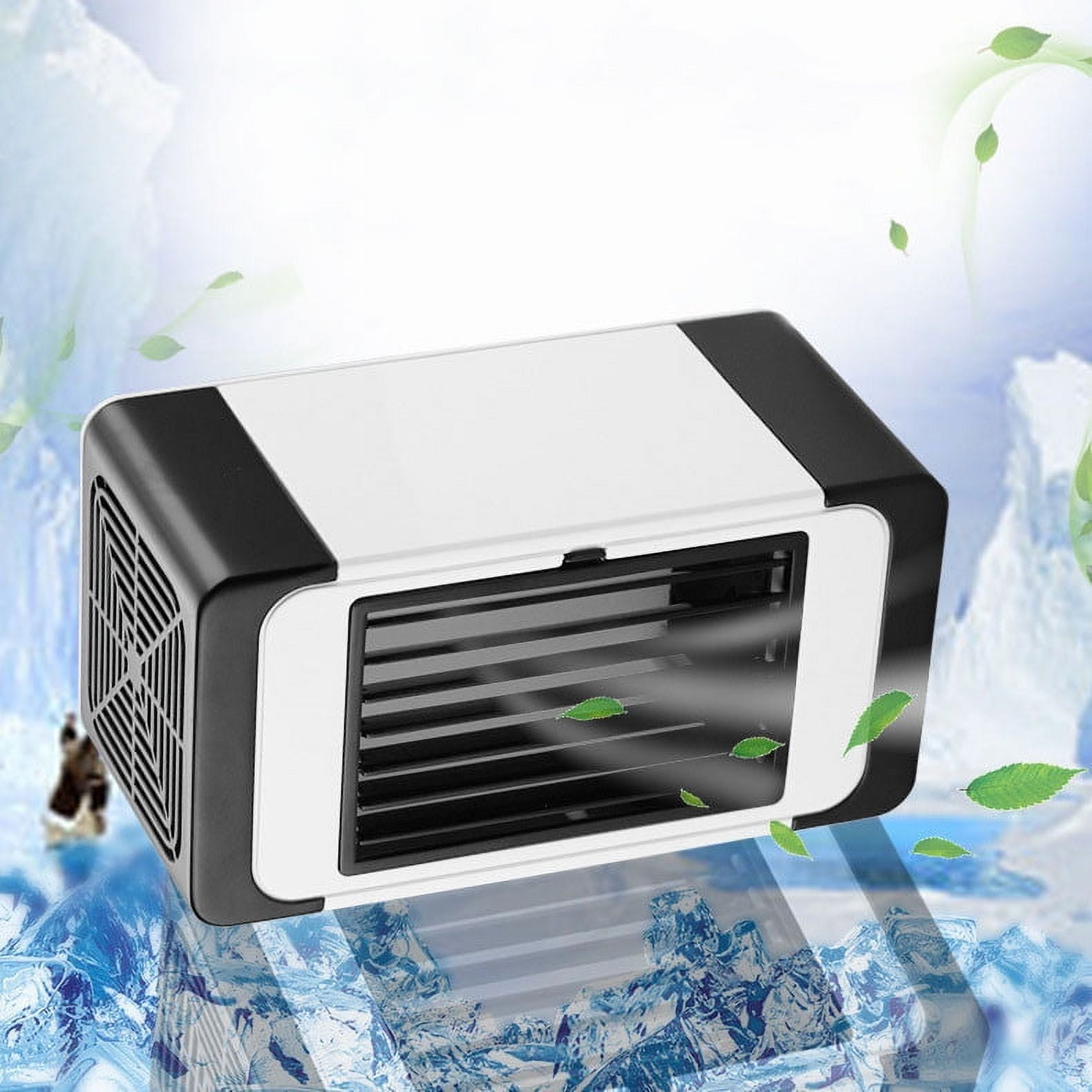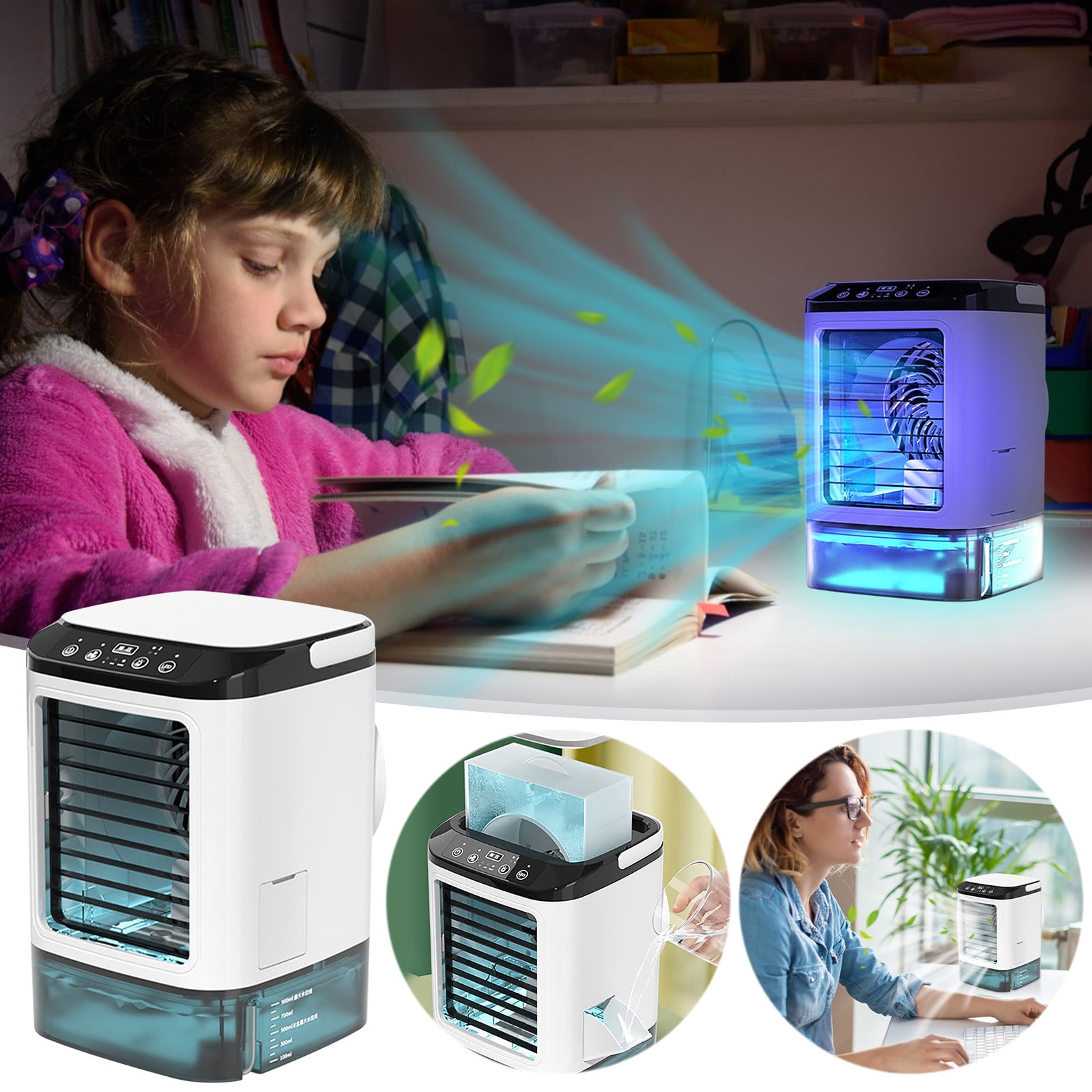Air Conditioner With Ice And Fan

As global temperatures continue their relentless climb, reaching record highs in many regions this summer, consumers are desperately seeking affordable and effective cooling solutions. The traditional air conditioner, while powerful, often comes with a hefty price tag and significant energy consumption, making it inaccessible or unsustainable for many. This has spurred interest in alternative cooling methods, with one simple yet intriguing option gaining traction: the ice-and-fan air conditioner.
The ice-and-fan air conditioner, a DIY approach to cooling, uses the principle of evaporative cooling to lower air temperature. The basic setup involves placing a container of ice in front of a fan, allowing the fan to blow air across the ice, absorbing the cool air generated from the melting ice. While not as powerful as a conventional air conditioner, this method offers a low-cost, low-energy alternative, particularly attractive to those facing financial constraints or seeking to reduce their environmental impact. However, experts caution that its effectiveness and suitability vary depending on factors like humidity and room size, and improper implementation may even pose health risks.
How It Works: The Science Behind the Chill
The principle behind the ice-and-fan cooler is relatively simple. As air passes over the ice, heat energy from the air is absorbed by the ice, causing it to melt.
This process lowers the temperature of the air, and the fan then circulates this cooler air throughout the room. The rate of cooling is directly related to the amount of ice used, the fan's speed, and the humidity level.
Lower humidity allows for greater evaporation and thus a more pronounced cooling effect.
Effectiveness and Limitations: A Real-World Perspective
While the ice-and-fan method can provide some relief from the heat, its effectiveness is limited compared to traditional air conditioning. Dr. Emily Carter, an environmental engineer at the University of California, Berkeley, notes that the cooling effect is most noticeable in small, well-ventilated rooms.
“In larger spaces or areas with poor ventilation, the cooling is less effective, and the humidity can increase, potentially leading to discomfort," she explains. Humidity plays a crucial role; in humid environments, the air is already saturated with moisture, reducing the ice's ability to evaporate and cool the air.
Furthermore, the cooling effect is temporary, as the ice eventually melts, requiring constant replenishment.
Humidity Concerns: A Potential Drawback
One of the main concerns with the ice-and-fan method is the potential increase in humidity. As the ice melts, it releases moisture into the air, raising the humidity levels. High humidity can create a damp and uncomfortable environment, potentially exacerbating respiratory issues for some individuals.
Dr. David Miller, a pulmonologist at the Mayo Clinic, advises caution, especially for those with asthma or allergies. “Increased humidity can promote the growth of mold and dust mites, which can trigger allergic reactions and asthma attacks," he warns. "Proper ventilation is essential to mitigate these risks.”
Safety Considerations: Preventing Hazards
Beyond humidity concerns, there are other safety considerations to keep in mind when using an ice-and-fan air conditioner. Electrical safety is paramount. Ensure the fan is in good working condition with no exposed wires, and avoid placing it near water to prevent electric shock.
Additionally, be mindful of the placement of the ice container to prevent spills or accidents. Using a container with a secure lid can help minimize the risk of water damage.
Finally, it's crucial to use clean water for the ice to prevent the spread of bacteria or other contaminants.
Environmental Impact: A Greener Alternative?
Compared to traditional air conditioners, the ice-and-fan method offers a significantly lower environmental impact. Traditional air conditioners consume large amounts of electricity, often generated from fossil fuels, contributing to greenhouse gas emissions.
In contrast, the ice-and-fan method requires minimal electricity to power the fan, reducing the carbon footprint. However, the environmental impact is not entirely negligible.
The production and transportation of ice, especially on a large scale, can also contribute to carbon emissions.
“While the ice-and-fan method is not a perfect solution, it represents a step towards more sustainable cooling practices, particularly for individuals and communities with limited access to resources,” says Maria Rodriguez, a sustainability consultant with Green Solutions Inc.
Expert Opinions: A Balanced View
Experts hold varying opinions on the efficacy and suitability of the ice-and-fan air conditioner. Some view it as a temporary solution for minor cooling needs, while others see it as a viable alternative for low-income households or those seeking to reduce their energy consumption.
Professor John Anderson, a mechanical engineering professor at Stanford University, cautions against overstating its effectiveness. “It's important to recognize that this method is not a substitute for a proper air conditioning system, especially in extreme heat conditions,” he states. "However, it can provide some relief and potentially reduce energy bills in certain situations."
Others emphasize the importance of responsible implementation and awareness of the potential risks. Proper ventilation, humidity control, and safety precautions are crucial to maximizing the benefits and minimizing the drawbacks.
Looking Ahead: Future of Cooling Solutions
As climate change intensifies and energy costs continue to rise, the demand for affordable and sustainable cooling solutions will only increase. The ice-and-fan method, while not a perfect solution, highlights the potential for innovative, low-tech approaches to address this challenge.
Researchers are exploring other alternative cooling technologies, such as evaporative coolers, radiant cooling systems, and advanced insulation materials. These technologies offer the potential to significantly reduce energy consumption and greenhouse gas emissions while providing effective and comfortable cooling.
The future of cooling lies in a combination of technological advancements, sustainable practices, and informed consumer choices, ensuring that everyone has access to safe and comfortable environments, regardless of their economic circumstances or geographical location.


